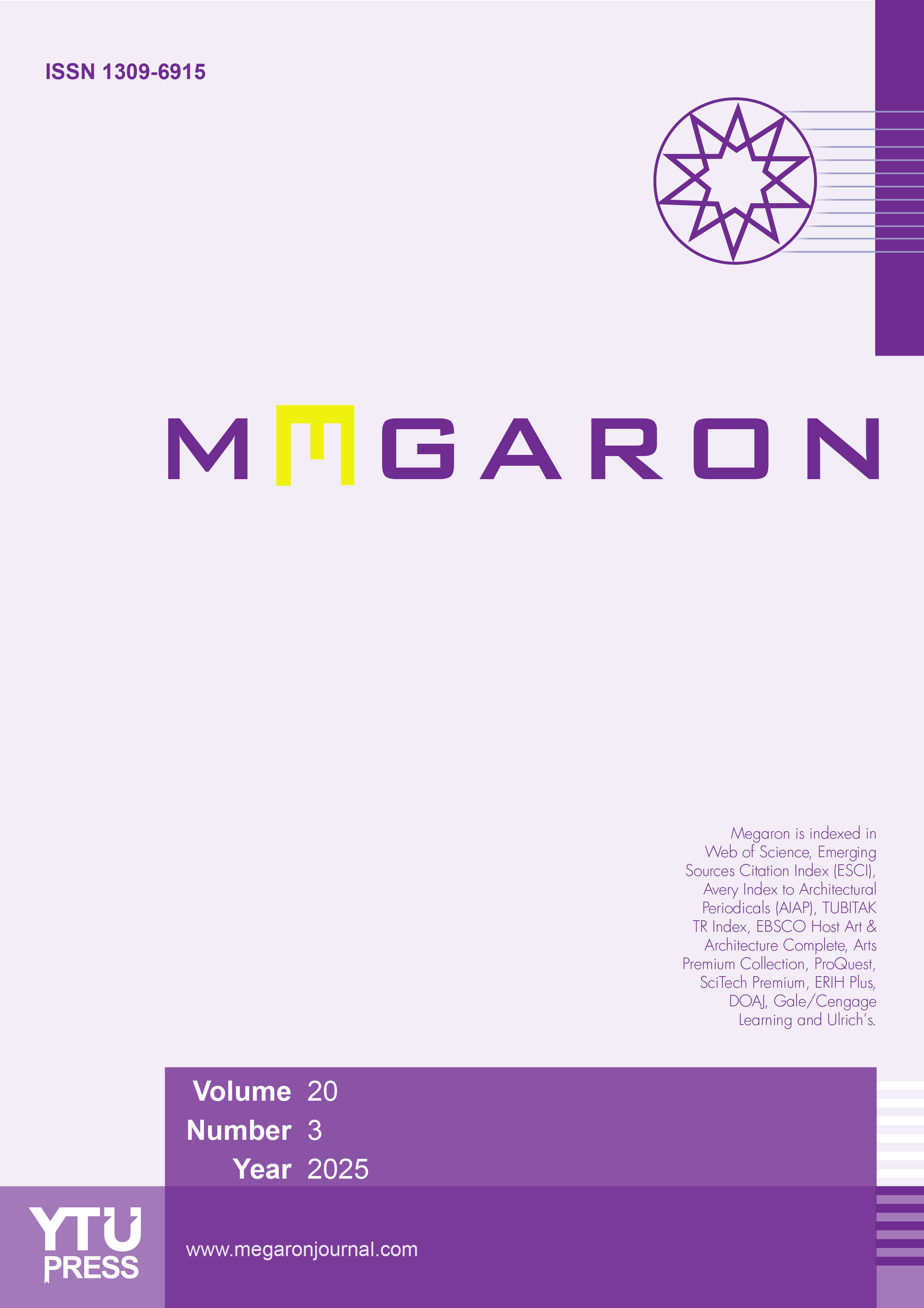Predicting the urban sound environment pleasantness with the soundscape approach by fuzzy SMRGT method: A case study in Diyarbakır Suriçi
Derya Çakır Aydın1, Sevtap Yılmaz Demirkale21Department of Architecture, Gebze Technical University, Faculty of Architecture, Kocaeli, Türkiye2Department of Architecture, Istanbul Technical University, Faculty of Architecture, Istanbul, Türkiye
In the soundscape approach, environmental sounds are not considered noise, but as a source and as a component of the spatial planning and design process. It is necessary to evaluate the soundscape in urban spaces in a multifaceted and holistic manner, together with many factors such as physical, social, cultural, psychological, architectural, and so on. In this study, it is aimed to develop an estimation model that will allow the stages that take a long time to progress faster and more systematically in the multifaceted evaluation of the sound environment pleasantness levels of the users in urban spaces with the soundscape approach. For the model's quantitative data, sound quality metrics (loudness, sharpness, roughness) obtained from binaural sound recordings were used. The fuzzy logic estimation model is constructed by using Simple Membership Functions and the Fuzzy Rules Generation Technique (SMRGT) method, considering the characteristics of users and the survey area. In the model, it was possible to convey user experiences, and a simple approach that could be expressed numerically and understood was obtained with the fiction created with verbal concepts. Flexibility is allowed to diversify quantitative and qualitative metrics. The model has been tested with the case study performed with the users. As a result of the study, a close relationship was determined between the model outputs and the subjective data of the users. The efficiency ratios of other variables (age, gender, reasons for coming to the region, frequency of visit, duration of stay) belonging to users not included in the model were also determined. In this study, it has been revealed that the level of pleasantness of the sound environment in urban spaces should be evaluated not only in terms of quantitative data but also on the characteristics of the spaces and users.
Keywords: Soundscape, sound perception, sound quality metrics, fuzzy logic; Diyarbakir
Manuscript Language: English








